
Last updated:
Hurricane Harvey

Overview
Harvey was a long-lasting tropical storm that eventually became a Category 4 hurricane before striking the Gulf Coast of the U.S.
Prior to making landfall in Texas as a Hurricane Harvey made landfalls in Barbados and Saint Vincent as a tropical depression before weakening as it moved into the Caribbean Sea. Harvey made a third landfall over the Yucatan Peninsula as a tropical wave before moving back out into the Gulf of Mexico and strengthening into a Category 4 hurricane.
Hurricane Harvey made its initial U.S. landfall on Aug. 25 near Rockport, Texas before circling back out to the Gulf of Mexicoand making a second U.S. landfall on Aug. 27 near Copano Bay, slowly moving toward the Houston area. Harvey then moved back to the Gulf and made a third U.S. landfall on Aug. 30 just west of Cameron, Louisiana before moving inland. It weakened before being absorbed into the remnants of another tropical storm and dissipating.
Latest Updates
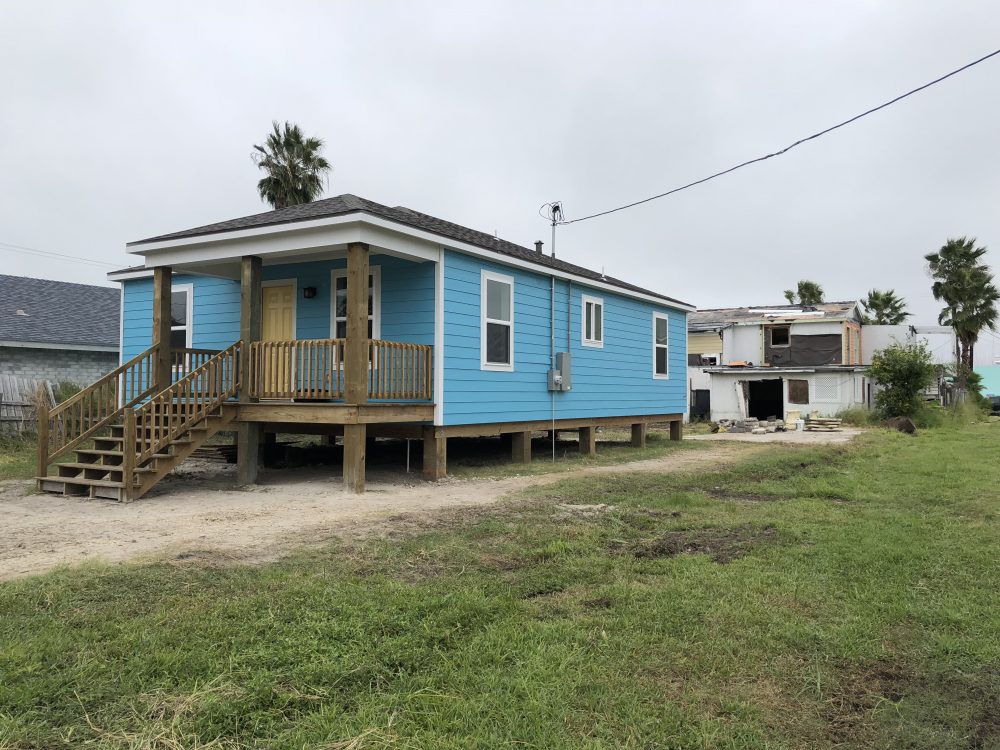
Ten New Grants to Keep Recovery Going in Texas
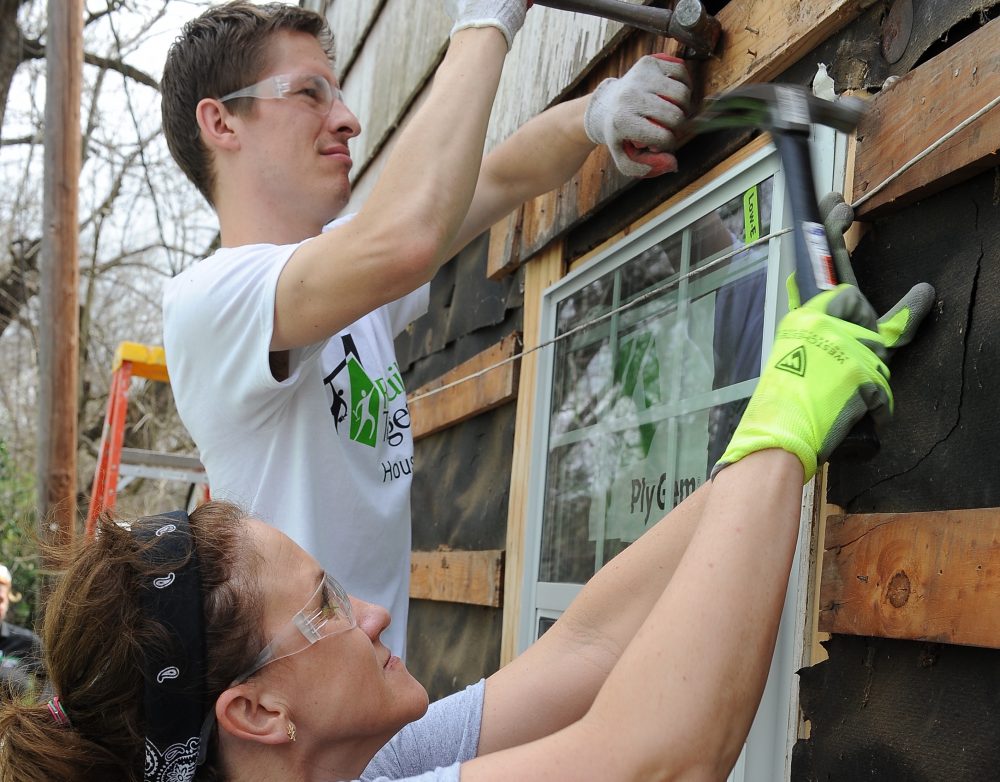
Recovery Continues with Four Additional CDP Hurricane Harvey Fund Grantees
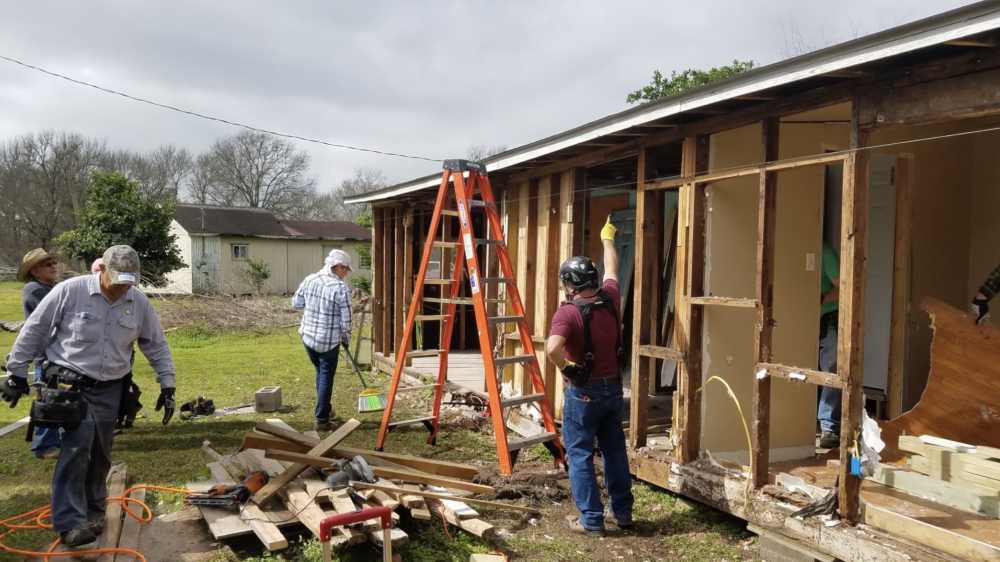
We’re Still Here: Fourth Round of Harvey Recovery Grants
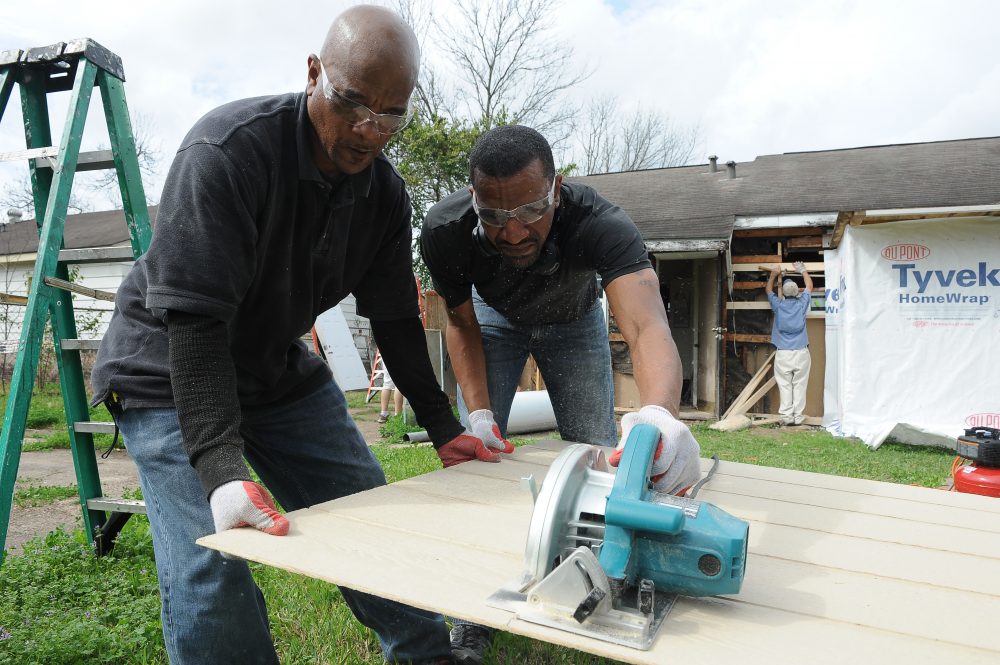
Building Resilience: Hurricane Harvey Recovery Fund Announces Third Round of Grants
What was the impact on the community?
Harvey was the strongest hurricane to hit Texas in more than 50 years. It caused an estimated $125 billion in damage and will require years to make a full recovery for communities along the Gulf Coast.
A significant portion of the damage came from flooding in the Houston and Beaumont areas where Harvey lost momentum and settled over the area for more than two days. As a result of the storm, Nederland, Texas, set a record of over 60 inches of precipitation, with Harvey overall sustaining over 25 inches of precipitation across 14,000 square miles.
Related reading
Grantee partner successes
Stories of recovery
Who was affected and in what way?
Harvey was responsible for 68 direct fatalities and 39 indirect fatalities either as a result of injury, illness or infection. An estimated 13 million people were affected by Harvey. Harvey also displaced more than 1 million people in the immediate aftermath and damaged an estimated 200,000 homes across a 300-mile stretch of the Gulf Coast, mostly in Texas.
Housing
Many people who were affected by Harvey continue to struggle with finding sustainable, healthy and affordable housing – particularly those who live in poverty.
Economic/Community development
Some affected communities are still waiting for the government to buy out their homes and properties as part of mitigation.
Health/behavioral health
There are signs with children in the schools of PTSD and with additional domestic issues with their families. Additionally, many of those living at or below poverty levels have put off addressing chronic health issues because of financial strains.
Legal assistance
Those who need help navigating the complicated assistance process and/or those with fragile document status need significant legal resources to support their recovery.
Environmental impact
Many of these communities are hubs for the petrochemical industry. The impact of the storm on this industry and the environment surrounding them is just now surfacing. A “second-storm” of air pollution has recently been reported by the state.
Climate research
With the undeniable changes occurring in global climate, more research is needed to better understand the causes and how best to predict, prevent and mitigate the effects of climate change.
Prevention and mitigation
Accurate planning requires accurate data and the challenges of keeping data up to date are immense – especially along ever-changing shorelines and rivers.

The CDP Hurricane Harvey Recovery Fund raised more than $14 million to support medium- to long-term recovery in Texas.
Contact CDP
Recovery updates
For more information about CDP’s Hurricane Harvey work, please reach out to sally.ray@disasterphilanthropy.org.
Donor recommendations
If you are a donor looking for recommendations on how to help with disaster recovery, please email Regine A. Webster.
Philanthropic and government support
Governor Abbott issued a state declaration for 60 counties and has continued to renew it. FEMA issued a major disaster declaration (DR-4332) for 41 Texas counties for Individual Assistance and Public Assistance and an additional 12 for Public Assistance only. As of December 2019, 373,150 Individual Assistance applications were approved and nearly $1.7 billion was approved through the Individual and Households Program. An additional $2 billion was authorized in Public Assistance grants. According to a FEMA press release in August 2019, “Texans have nearly $14 billion in federal funds in their hands including grants, loans and flood insurance payments to assist in repair and replacement of their homes and their belongings. FEMA Public Assistance has awarded more than $1.73 billion in grants for debris removal, measures taken to prepare for Harvey and permanent repair or replacement of public infrastructure. And, FEMA’s Hazard Mitigation Grant Program in conjunction with the Texas Division of Emergency Management has funded $217 million for projects to limit damages caused by future disasters.”
FEMA also issued DR-4345 for 20 Louisiana parishes for public assistance only. As of December 2019, the total Public Assistance Grants Dollars obligated were $8,379,986.
The report, Measuring the State of Disaster Philanthropy 2019, which looked at the 2017 disasters, found that response and relief for storms received the majority of institutional philanthropic in 2017, especially Harvey. The mapping platform associated with the report shows 2,323 philanthropy grants totalling $356.8 million. Millions more dollars were donated by individuals or by those not captured by the report.
The CDP Hurricane Harvey Recovery Fund raised more than $14 million for medium- to long-term recovery in Texas. CDP made its first grant in October 2017 and continued making grants through November 2019. The grants supported public-private meetings on recovery efforts and available resources; assisted with rebuilding healthy, safe homes that can withstand future flooding; expanded the Trauma and Grief Center at Texas Children’s Hospital’s Mobile Unit; and provided for the unmet needs of Harvey survivors.
- October 2017 – $50,000 grant awarded to OneStar Foundation.
- February 2018 – $1.2 million awarded to seven long-term recovery organizations.
- March 2018 – $266,500 awarded to two local disaster recovery organizations.
- June/July 2018 – $4,026,094 awarded to nine outstanding organizations.
- December 2018 – $2.65 million awarded to five organizations to build resilience.
- July 2019 – $2.66 million awarded to five organizations to support resilience and housing recovery.
- September 2019 – $1.06 million awarded to four organizations to support holistic recovery.
- November 2019 – $871,092 awarded to 10 existing grantees to sustain their work.
Resources
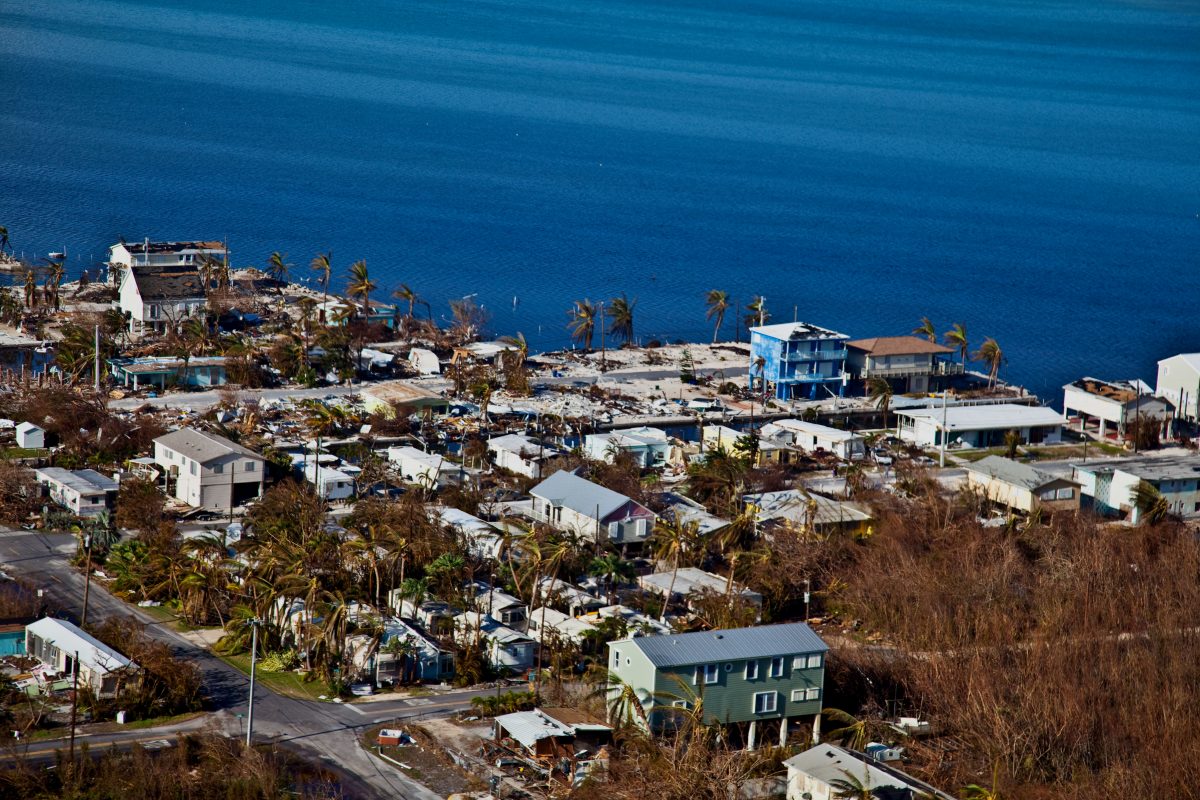
Hurricanes, Typhoons and Cyclones
Hurricanes, also called typhoons or cyclones, bring a triple threat: high winds, floods and possible tornadoes. But there’s another “triple” in play: they’re getting stronger, affecting larger stretches of coastline and more Americans are moving into hurricane-prone areas.
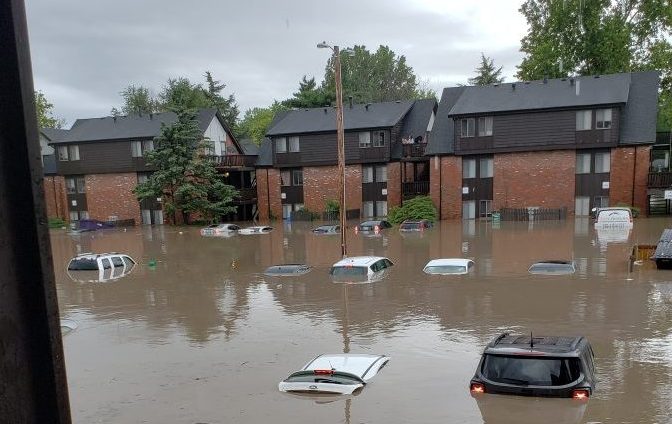
Floods
Flooding is our nation’s most common natural disaster. Regardless of whether a lake, river or ocean is actually in view, everyone is at some risk of flooding. Flash floods, tropical storms, increased urbanization and the failing of infrastructure such as dams and levees all play a part — and cause millions (sometimes billions) of dollars in damage across the U.S. each year.

Is your community prepared for a disaster?
Explore the Disaster Playbook